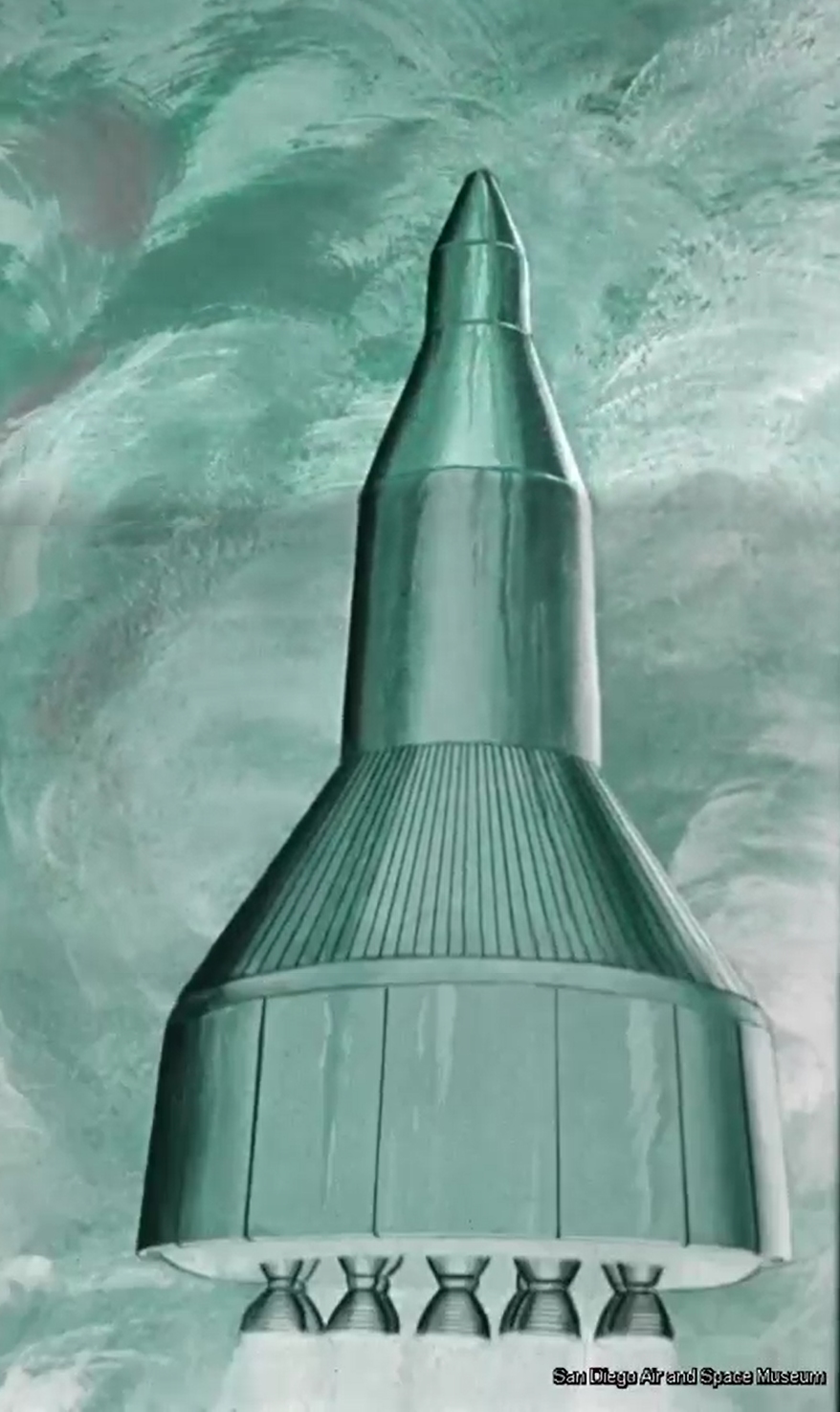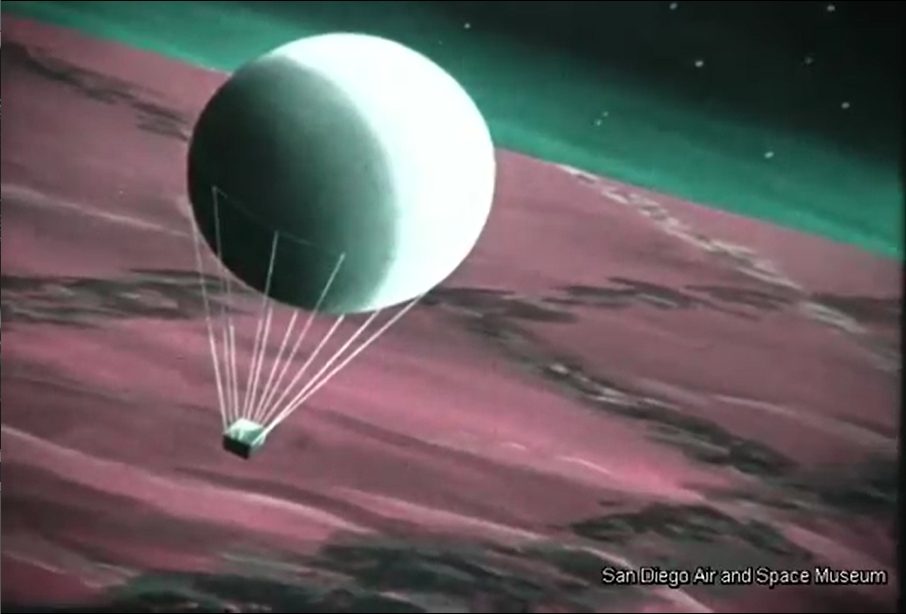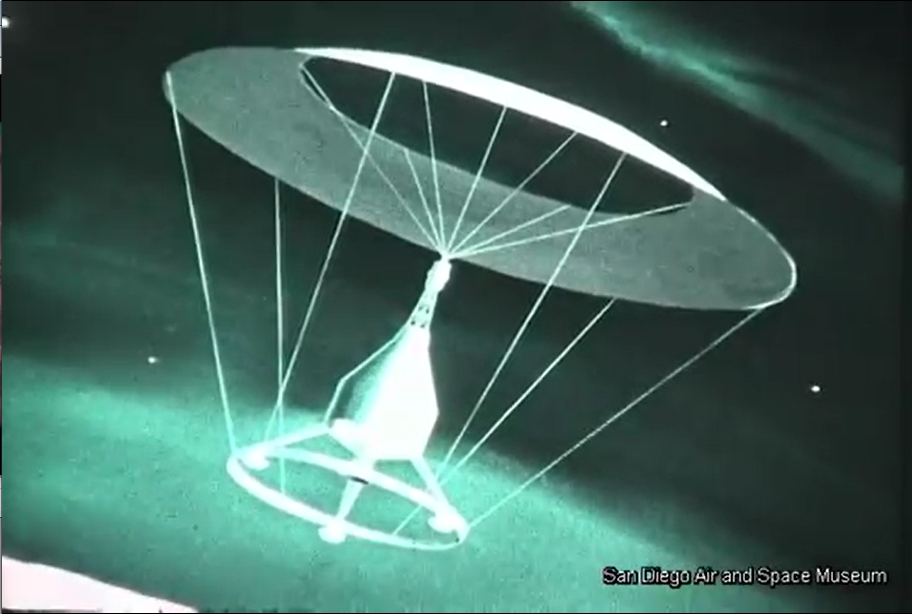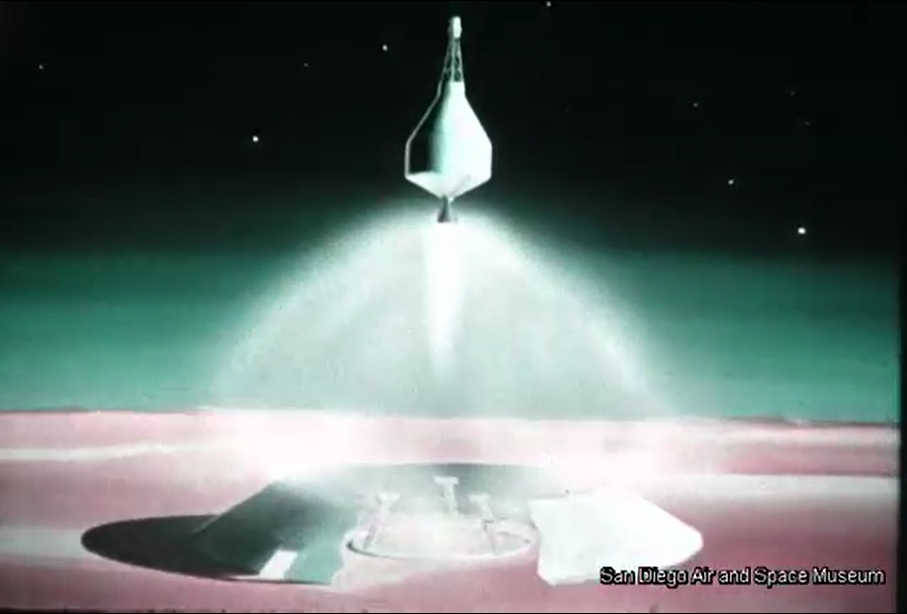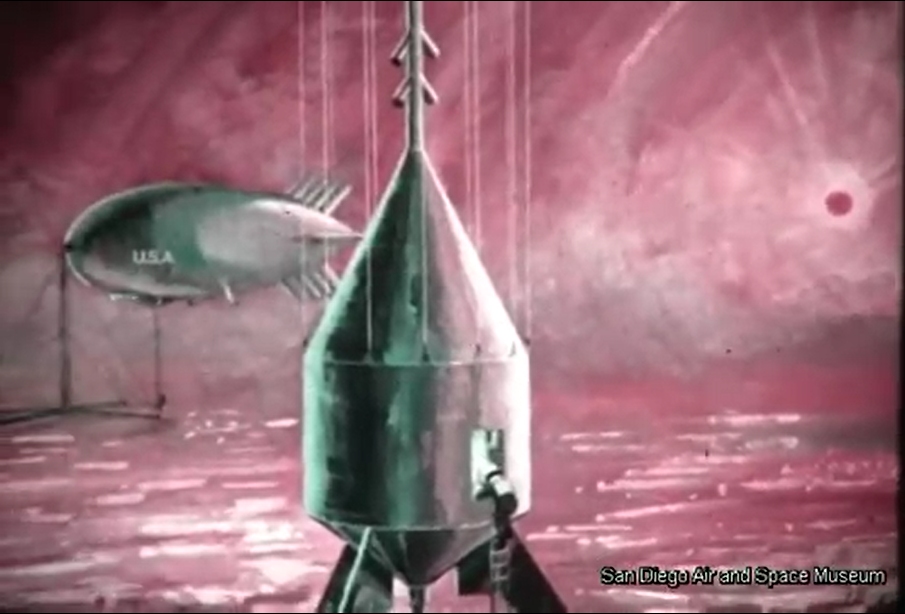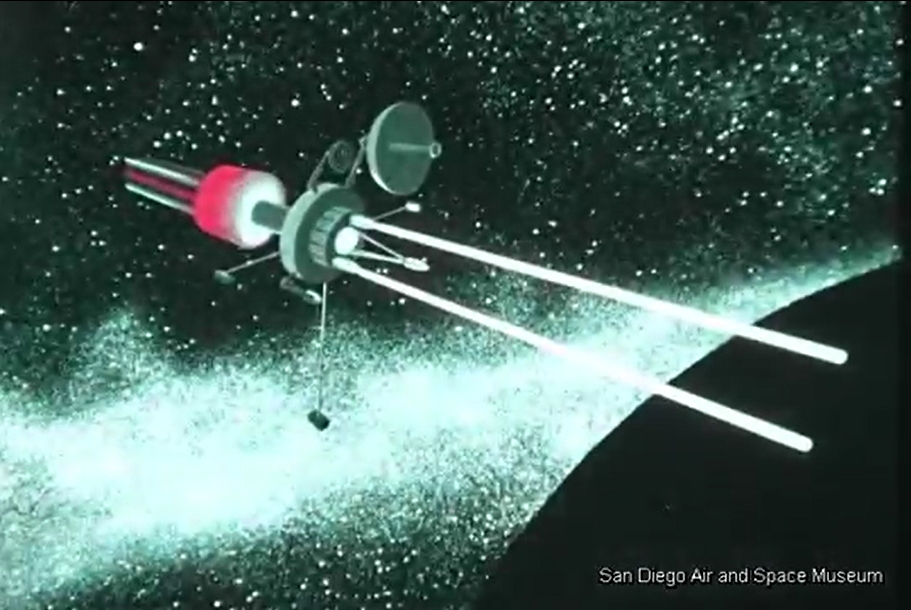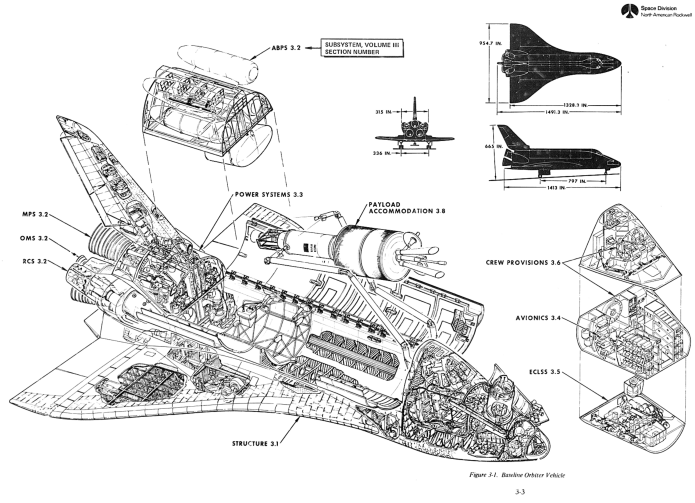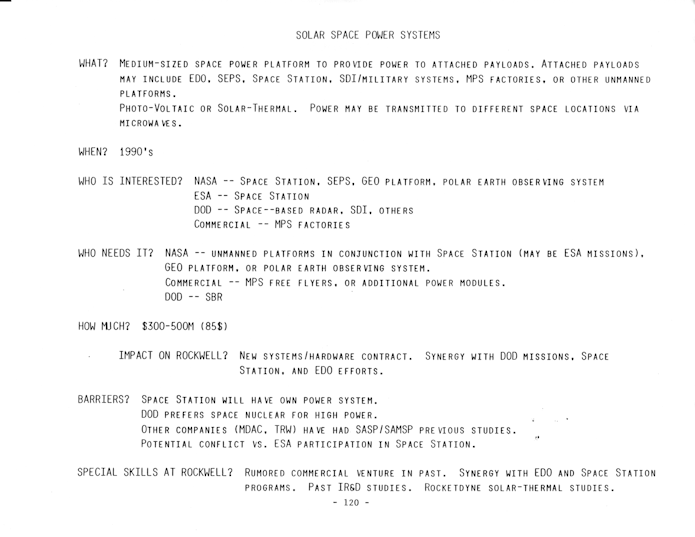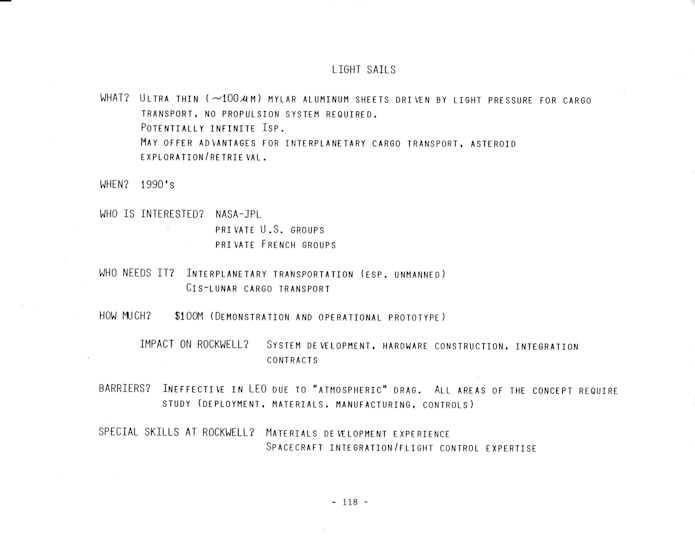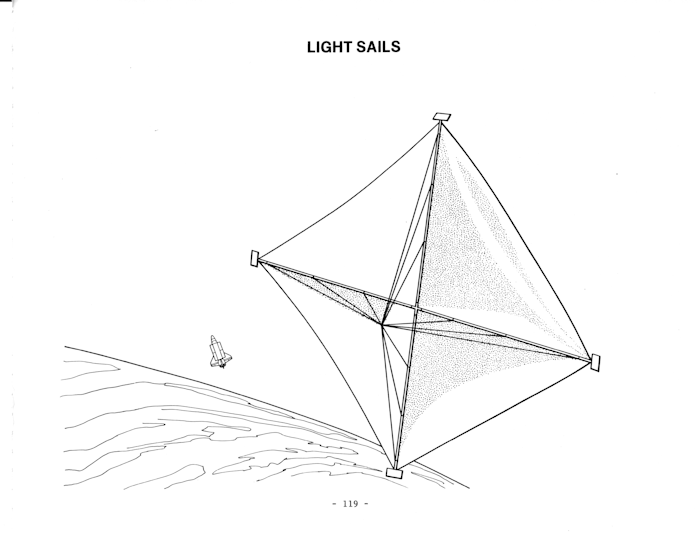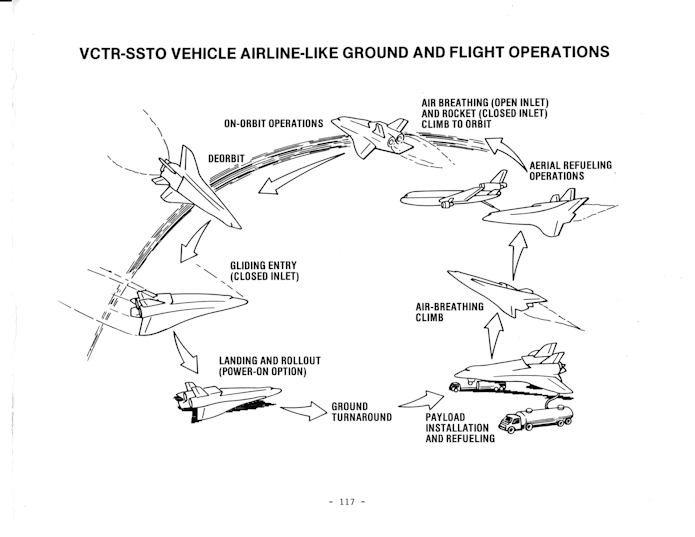Pretty computer graphics of their Future Attack Reconnaissance Aircraft concept, which is a helicopter with a pusher prop akin to the now half-century gone AH-56 Cheyenne:
This video was posted on YouTube some six-ish years ago, but remains worthy of viewing and discussion. It’s a General Dynamics film to NASA from late 1962/early 1963 discussing the study of Early Manned Interplanetary Missions (EMPIRE), NAS8-5026. It describes the future as it should have been… and as how Krafft Ehricke, the presenter of the film and one of the driving forces behind the program, saw it:
1: Manned landing on the moon by the end of the 60’s.
2: Initial manned flights to (flybys and orbits) Venus and Mars in the early 70s
3: Entire solar system explored robotically by the end of the 1980’s
4: Manned mission to Pluto by 1995
Ehricke’s view of the future of space flight from the standpoint of the mid-1960’s was previously shown HERE.
The original film included a number of bits of concept art of both manned and unmanned spacecraft. Sadly no Orion vehicles are on display (it is name-dropped), but the Mars lander/excursion module was of the kind originally proposed for Orion. This was pre-Mariner when the Martian atmosphere was *massively* over-estimated; these landers and their dinky parachutes would, with the real Martian atmosphere, have made impressive craters in the surface.
Freeman Dyson, Visionary Technologist, Is Dead at 96
One of the early leaders in the drive to design the Orion nuclear pulse vehicle.
Sigh.
The North American Rockwell proposal for the Space Shuttle Orbiter. It is clearly *close* to what actually got built, but there are important differences. The airlock is in the nose and the OMS pods are lower on the sides of the rear fuselage and the rear portion of the cargo bay could be fitted with a pod that includes flip-out turbofan engines for range extension and landing assistance.
The full-rez scan of this diagram has been made available to all $4 and up APR Patreons and Monthly Historical Document Program subscribers. It has been uploaded to the 2020-02 APR Extras folder on Dropbox for Patreons and subscribers. If interested in this piece or if you are interested in helping to fund the preservation of this sort of thing, please consider becoming a patron, either through the APR Patreon or the Monthly Historical Document Program.
One reason why I collect aerospace historical documents and diagrams, scan them and distribute them is because when things are held in a single place, a single event can destroy history. This happened when the San Diego Air and Space Museum burned to the ground in 1978 as a result of arson, destroying its collection of aircraft, artifacts, books and documents. The aerospace community promptly rallied around the ruined museum and contributed more aircraft, artifacts, books and documents to help build a brand new less flammable museum… but a whole lot of things were just simply gone. I’ve seen the current SDASM archive (at least as it existed around a decade ago), and can only imagine what it *might* have been had the original contents not been lost.
The video below comes from the SDASM YouTube account. It’s hard to watch… for several reasons.
In 1985, Rockwell International thought there might be a business case for commercialized space solar power systems. This could be akin to a miniaturized version of the Solar Power Satellite… while it looks like the normal approach would be a more or less conventional solar power systems simply attached to a customer payload, the possibility existed of remote systems that beamed energy to customers with microwaves.
This model was shown with some regualrity about 60 years ago, an early representation of the hoped-for “Nova” rocket which was planned to put astronauts on the moon. I would’ve expect that the model had been long ago lost, but it seems to be held by the Smithsonian… and it’s much larger than expected at 1/72 scale and 48 inches long:
Model, Rocket, Nova, 1:72
You can zoom in on the image at the Smithsonian link above, though good luck on downloading the full-rez version.
I have previously linked to a vintage photo of the model HERE. And if you want one of your very own, Fantastic Plastic is in the process of working on a set of Nova/Post-Saturn rocket models:
Post-Saturn Super-Booster Collection
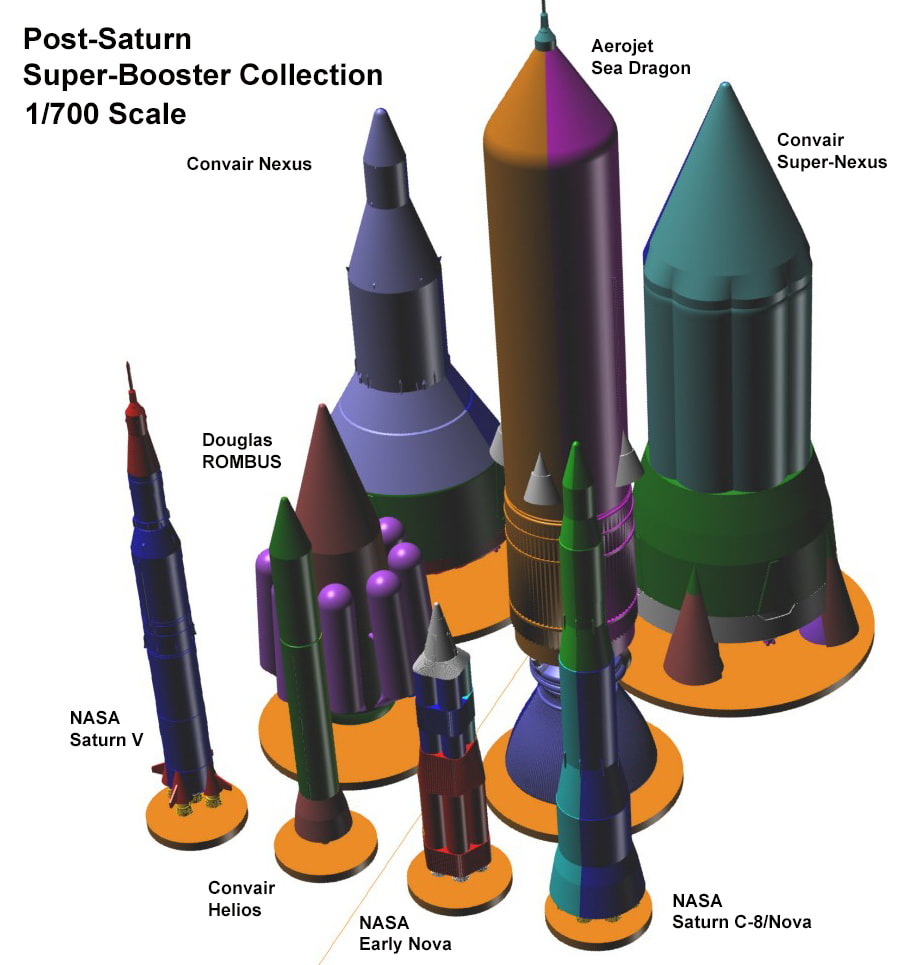
In 1985, Rockwell ponders the business case for solar sails. Solar Sails, or “light sails,” had been around for a couple decades at that point, though purely as hypothetical constructs. Solar sails would really only be useful for interplanetary transits, which would of course limit the number of potential customers.
Below is an image taken from a history of the B-52, artwork depicting the YB-52 configuration packing a single Navaho cruise missile. Cool and all, but there’s something bugging me: I could *swear* that a year or three back I came upon or was sent a passel of images showing, among other things, the B-52 carrying Navaho missiles, in the form of both artwork like this *and* diagrams. But I have been unable to locate these images, whether due to them getting separated during the move, or misplaced/misfiled prior to the move… or them not having existed in the first place because my brain is having a little joke at my expense. Unfortunately my tiny little brain is incapable of letting go of missing things like this and it’s driving me buggo. Does this sound at all familiar to anyone?
In 1985, Rockwell International considered the business case of an advanced single stage to orbit vehicle. The design illustrated was a manned, winged horizontal launched, horizontal landing design with, oddly, air inlets on the upper surface. Unlike the “Orient Express” or NASP designs of the time, this design was not meant to lift off and accelerate to Ludicrous Speed using scramjets, but was to lift off and rather sedately rendezvous with a tanker aircraft. This… is a bit familiar.
In the late 1990’s I worked for Pioneer Rocketplane. Our plan was to design and build a spaceplane that would lift off from a runway under turbojet power, with fuel tanks full of RP-1 and oxidizer tanks full of very little. The vehicle would rendezvous with a tanker aircraft which would transfer not jet fuel, but liquid oxygen. This is because for best performance an RP-1/LOX rocket system needs a far greater mass of LOX than RP-1. So leaving the LOX tank basically empty (a small amount was carried to keep the tank pressurized and chilled) would allow the vehicle to lift off at lowest practical mass. This lowered the mass needed for the landing gear, and lowered the surface area needed for the wings, which of course lowered the mass of the wings. The rocketplane would tank up, separate from the tanker and fire its rocket engine. In the case of the Pioneer Rocketplane “Pathfinder,” the spaceplane would reach orbital altitude, but not orbital velocity. An upper stage would boot the payload into orbit; the spaceplane would return home, either gliding or under jet power. The Rockwell design illustrated below *seems* to have been meant to operate in a similar fashion, but with the spaceplane intended to put itself directly into orbit. Most likely it would have been LH2/LOX powered, probably with SSME derivative engines.
The description in the text, though, describes very different vehicles, using propulsion system best described as highly steeped in the hypothetical. Atomic hydrogen and metastable helium are great stuff if you can get them… and, basically, you can’t. Not with 1980’s tech, not with 2020 tech. Someday, maybe.
